Calculate the equivalent Percentage for any given current signal 4 to 20 mA. For conversion, we need transmitter’s Lower Range Value and Upper Range Value.
Contents
Current 4-20ma to Percentage Conversion
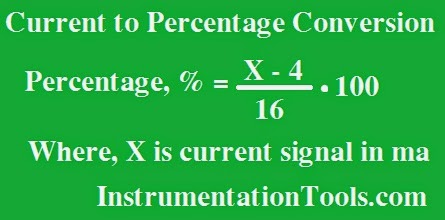
Formula:
Percentage, % = ((X-4)/16)(100)
Where
X is current signal in mA
Video Lesson
Example:
An electronic Pressure transmitter is ranged -1 to 5 Bar and has a 4-20 ma. Calculate the Percentage output by this transmitter if the measured output current is 13ma.
Percentage % = ((X-4)/16)(100)
Percentage % = ((13-4)/16)(100)
Percentage % = 56.25
Read Next:
- 4–20 mA Control Loops
- Level Control Loop Problems
- Turbine Flow meter Factor
- Top 100 PLC Questions
- PLC Analog Input Scaling
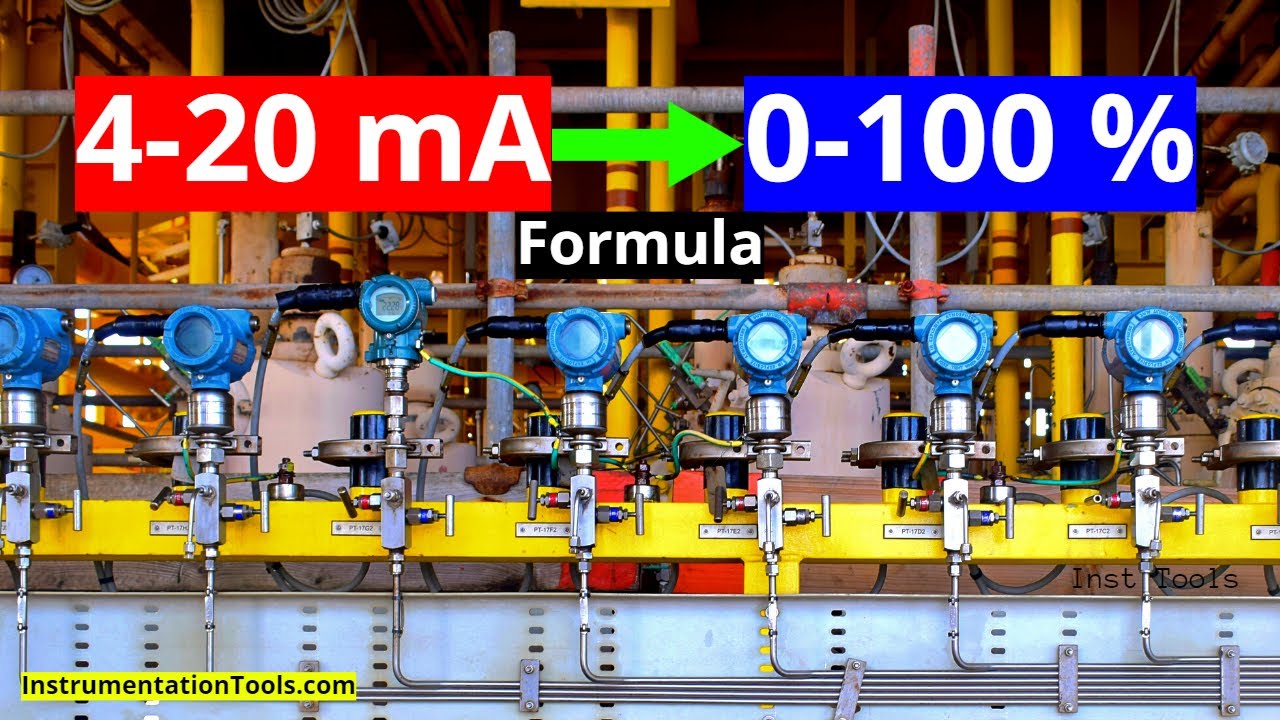
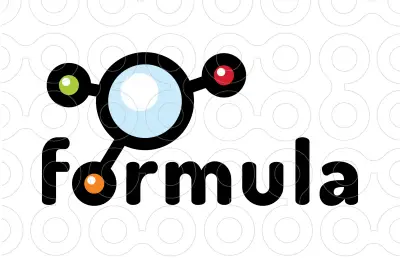

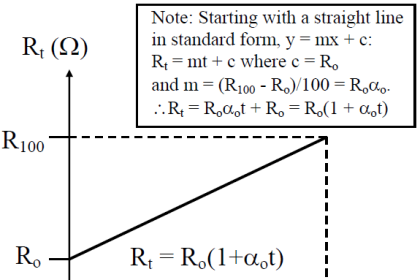
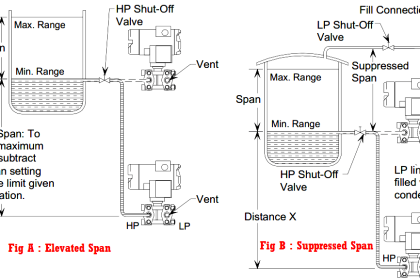
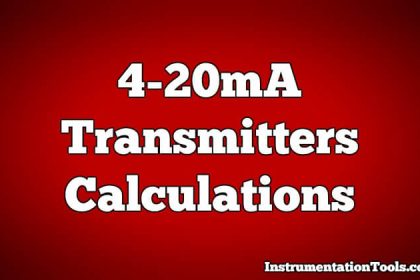
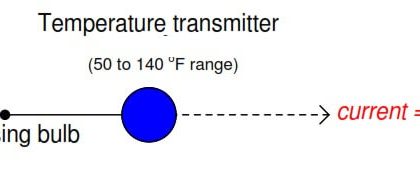
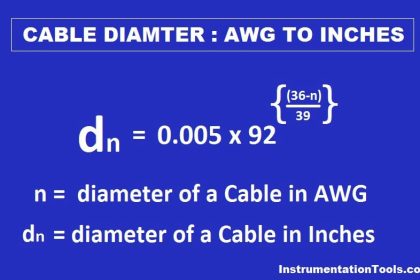
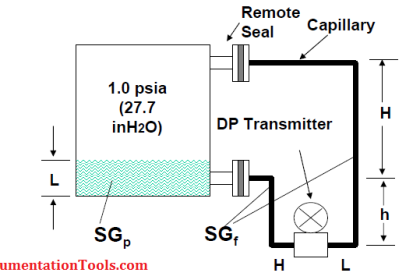

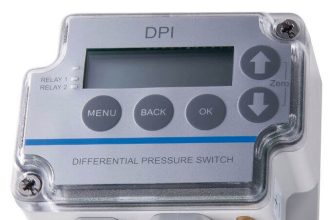


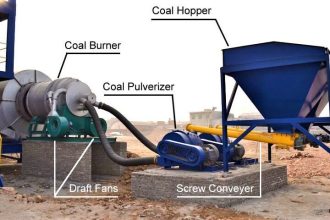
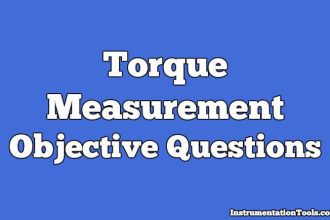
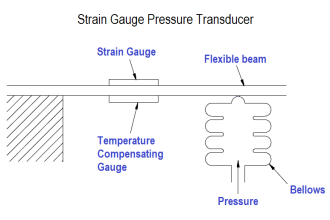

Very good post
Really Helpfull…!
endless knowledge …………………………..about Instrumentation
Thank you so much, this finally makes sense to me.
The -25 part was very unclear – I understand the value doesn’t start at 0 but you just came up with -25 from 4-20?!
its really helpful for instrumentation guys